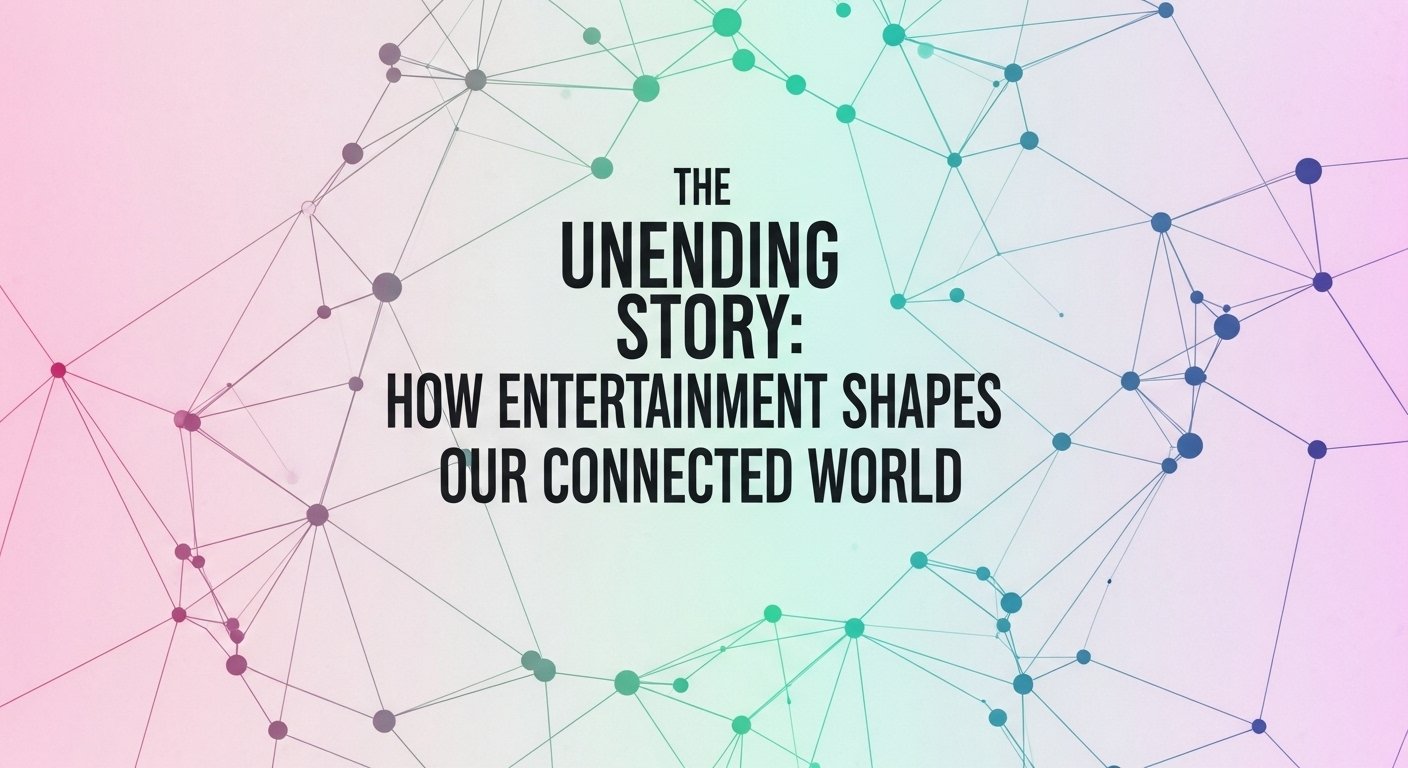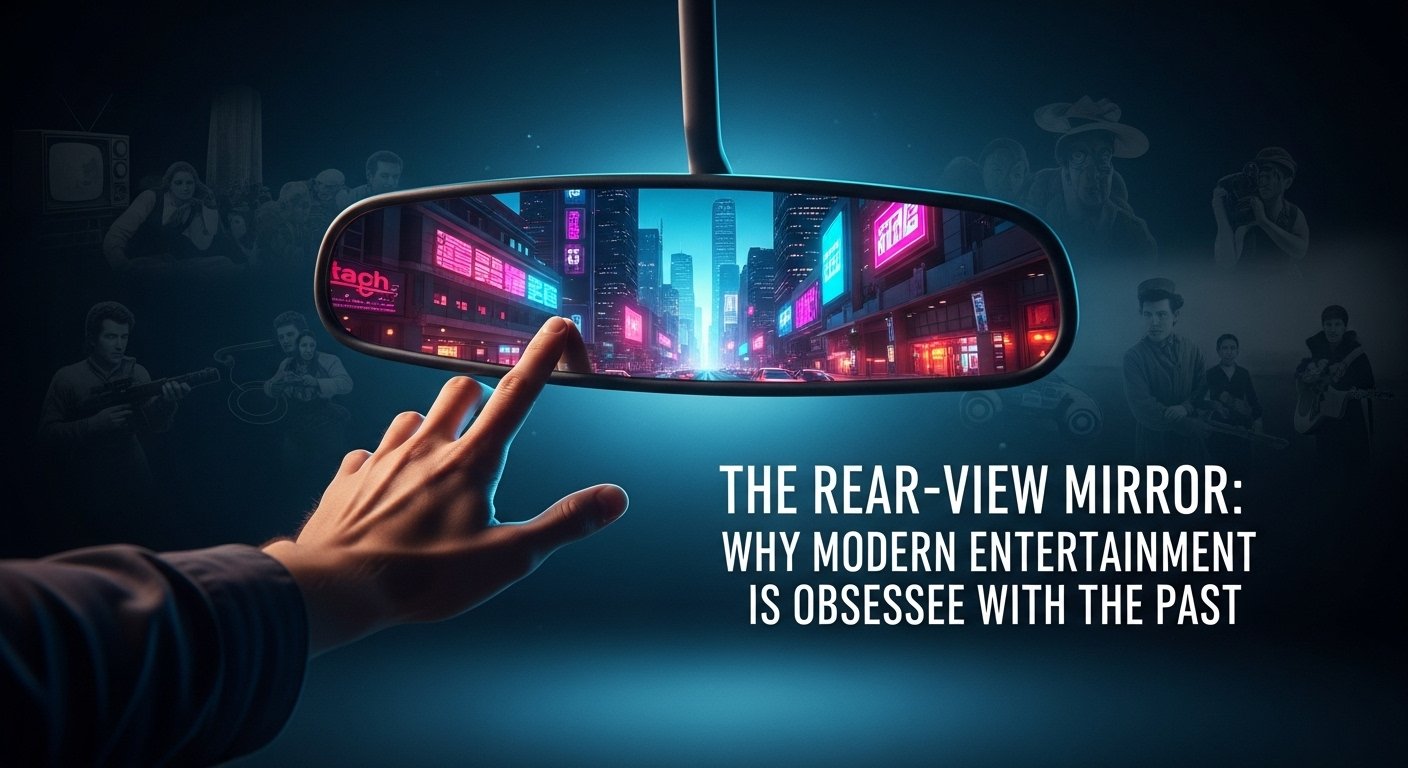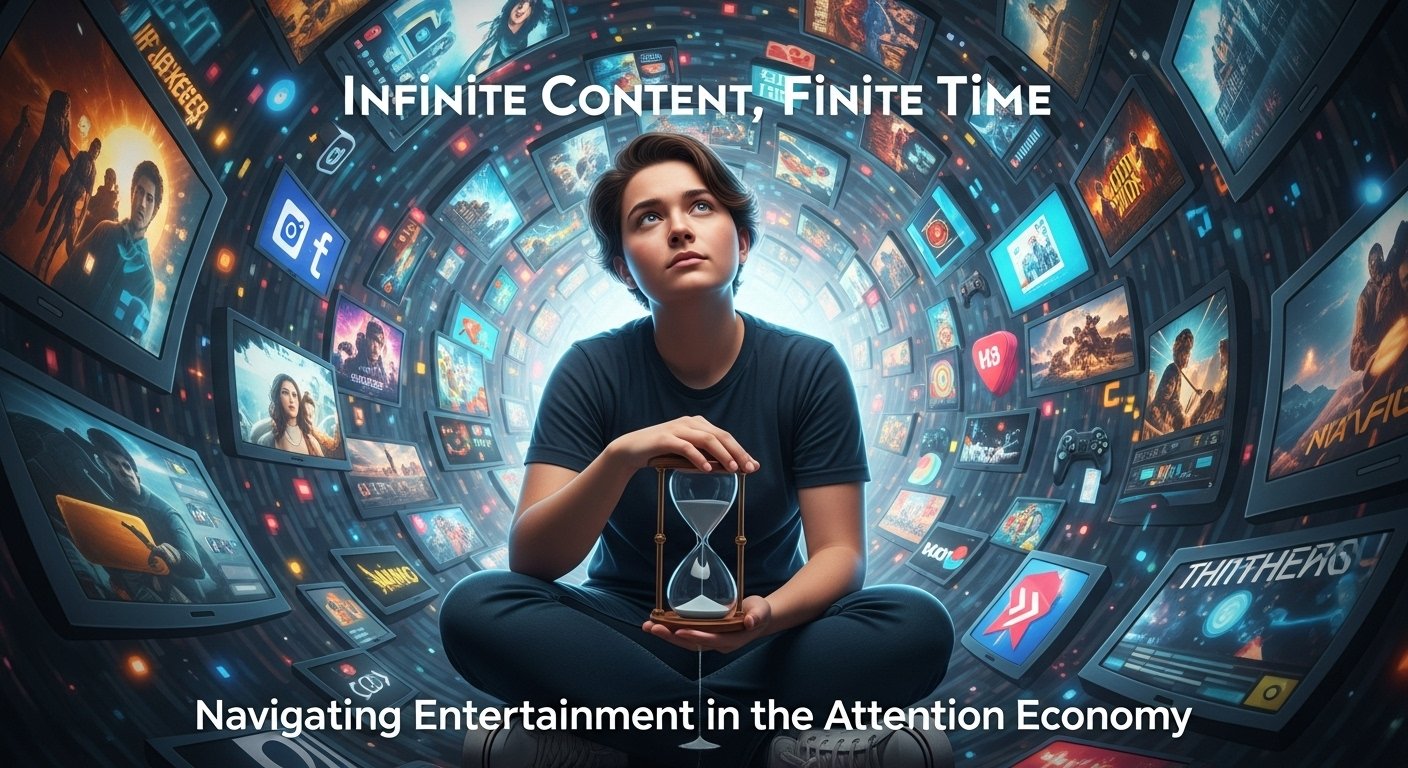In a quiet home in Sangla Hill, the glow of a smartphone screen illuminates a face, captivated by a drama unfolding worlds away. In a packed stadium in Manchester, thousands roar as one. In a virtual reality headset, a player becomes the hero of their own epic. This is the landscape of entertainment in 2025: a pervasive, multifaceted, and profoundly human force that has woven itself into the very fabric of our daily lives. It is no longer a peripheral activity for our leisure hours; it is a primary lens through which we understand the world, connect with each other, and construct our own identities. From the most ancient traditions of storytelling to the algorithmically-driven streams of the digital age, entertainment is the unending story of humanity itself.
This exploration delves into the vibrant world of entertainment, tracing its lineage, dissecting its modern forms, understanding its deep psychological roots, and looking toward a future where the line between creator, consumer, and creation is becoming increasingly blurred.
The Echoes of a Shared Past
The desire to be entertained is not a modern invention; it is an ancient instinct. It began with the first stories told around a communal fire, the ritualistic dances that bound communities together, and the epic poems that carried history and myth across generations. In the Indus Valley, artifacts hint at games and musical instruments, early forms of play and artistry.1 The courts of the Mughal Empire were centers of high culture, where the intricate art of the mushaira (poetic symposium) and the spiritual ecstasy of Qawwali music were honed.2 The timeless folk romances of Punjab, like the story of Heer Ranjha, were foundational forms of entertainment, their themes of love and struggle still echoing in modern Pakistani music and cinema.3
This intimate, ephemeral nature of entertainment was transformed by technology. The printing press, the radio, and the cinema created the era of mass media, allowing a single performance to reach millions. This shift severed the direct link between performer and audience in time and space, but in doing so, it created a new kind of community: the mass audience, united by a shared cultural experience.
The Modern Pantheon: A Global Buffet of Content
Today, entertainment is a global buffet, with local and international flavors existing side-by-side on the same menu, often on the same device.
Narrative and Performance: Storytelling remains the heart of entertainment.4 While global streaming giants like Netflix and Amazon Prime offer a vast library of international films and series, they coexist with vibrant local media industries. In Pakistan, the television drama is a cultural cornerstone, a primary mode of family entertainment watched avidly on television and revisited on YouTube. These dramas, with their focus on domestic life, social issues, and complex interpersonal relationships, offer a narrative style and thematic focus that resonates deeply with local audiences, creating stars and fueling national conversations.
The Auditory Realm: Music is the most universal language.5 By 2025, platforms like Coke Studio have become global cultural ambassadors, demonstrating the power of fusing traditional Pakistani folk and classical sounds with contemporary Western genres.6 At the same time, streaming services like Spotify provide a platform for a new generation of Pakistani pop, hip-hop, and indie artists to find an audience both at home and within the international diaspora.7
Interactive Worlds: The most significant shift in modern entertainment is the move from passive consumption to active participation. Video gaming is a dominant cultural and economic force, especially on mobile devices, which have become the primary gaming console for hundreds of millions.8 In Pakistan, games like PUBG Mobile and digital versions of traditional games like Ludo Star are not just pastimes; they are social networks where friendships are formed and communities are built. Cricket video games offer a virtual extension of the national passion, allowing fans to step into the shoes of their heroes.9
The Psychology of Play: Why We Need It
Our craving for entertainment is driven by deep-seated psychological needs that are universal to the human condition.10
- Escapism: It provides a necessary refuge from the pressures and monotony of daily life.11
- Catharsis: It allows for the safe experience of powerful emotions.12 Watching a character overcome adversity or navigate a difficult family crisis in a TV drama provides a vicarious emotional release.
- Cognitive Engagement: Our minds are stimulated by complex plots, strategic challenges in games, and the artistry of a well-crafted film or song.13
- Social Connection: Entertainment is the currency of social interaction.14 It gives us things to talk about, debate, and share. The shared experience of watching a crucial cricket match or discussing the latest plot twist in a popular show creates powerful communal bonds.
The Cultural Nexus: Identity, Influence, and Economics
Entertainment is a powerful mirror that reflects a society’s values, anxieties, and aspirations.15 It is also a mold that can shape them. The portrayal of family structures, gender roles, and social issues in popular dramas can both reinforce existing norms and introduce progressive ideas, sparking important conversations.
This influence operates on a global scale as “soft power.” The popularity of Turkish dramas in Pakistan, for example, creates a cultural dialogue, influencing fashion, language, and social perspectives.16 Simultaneously, the export of Pakistani dramas to the Middle East, India, and diaspora communities builds the nation’s cultural prestige abroad.
This dynamic creates a fascinating cultural negotiation for the modern consumer, especially a young person who might consume content from Hollywood, K-Pop, local television, and a Punjabi-speaking YouTuber all in the same day. Their identity is shaped not by one monolithic culture, but by a complex fusion of these diverse influences.
The business behind this is a formidable global machine. For streaming services, the key metric is keeping subscribers engaged. The Lifetime Value (LTV) of a subscriber, a crucial calculation, can be simplified as:
LTV=R(ARPU×GM)
Where ARPU is the Average Revenue Per User, GM is the gross margin, and R is the customer churn rate (the rate at which subscribers cancel). This economic reality drives the constant need for new, engaging content.
The Dawning Future
The future of entertainment is being shaped by three key forces. First, Artificial Intelligence is becoming an integral tool, not just for content recommendation, but for practical applications like generating hyper-realistic subtitles and dubbing, making global content instantly accessible to local language speakers.
Second, the Creator Economy continues to flourish. Individual creators, often using nothing more than a smartphone, are building careers by serving niche audiences.17 A food vlogger exploring the culinary delights of Lahore, a travel vlogger showcasing the beauty of northern Pakistan, or a comedian creating skits in a regional language can build a loyal community that major studios might overlook.
Third, the quest for Immersion continues. While the dream of a single, unified metaverse remains a work in progress, the technologies behind it—virtual and augmented reality—are steadily finding their way into gaming, social events, and live sports broadcasting, promising to one day place us directly inside the story.
Conclusion
From the ancient tradition of the folk storyteller to the global, algorithm-driven stream, the fundamental purpose of entertainment remains unchanged. It is our way of making sense of the world, of experiencing lives and emotions beyond our own, and of connecting with a shared human experience. The technology will continue its relentless evolution, the screens may change shape, and the business models will adapt, but the core need for story, for music, for laughter, and for play will endure. It is a need felt as deeply in a quiet village as in a sprawling metropolis—a universal, unending quest for enchantment.



